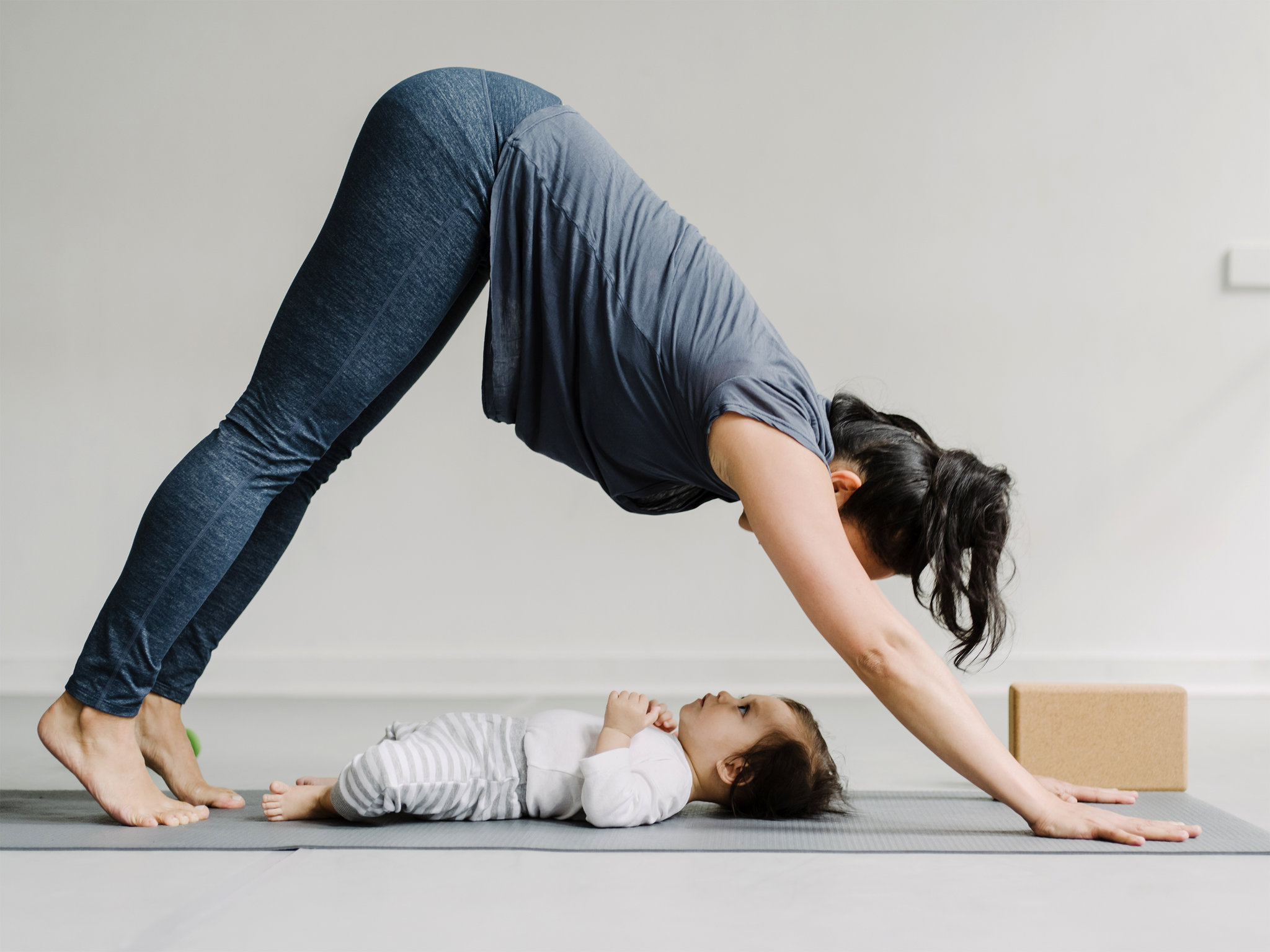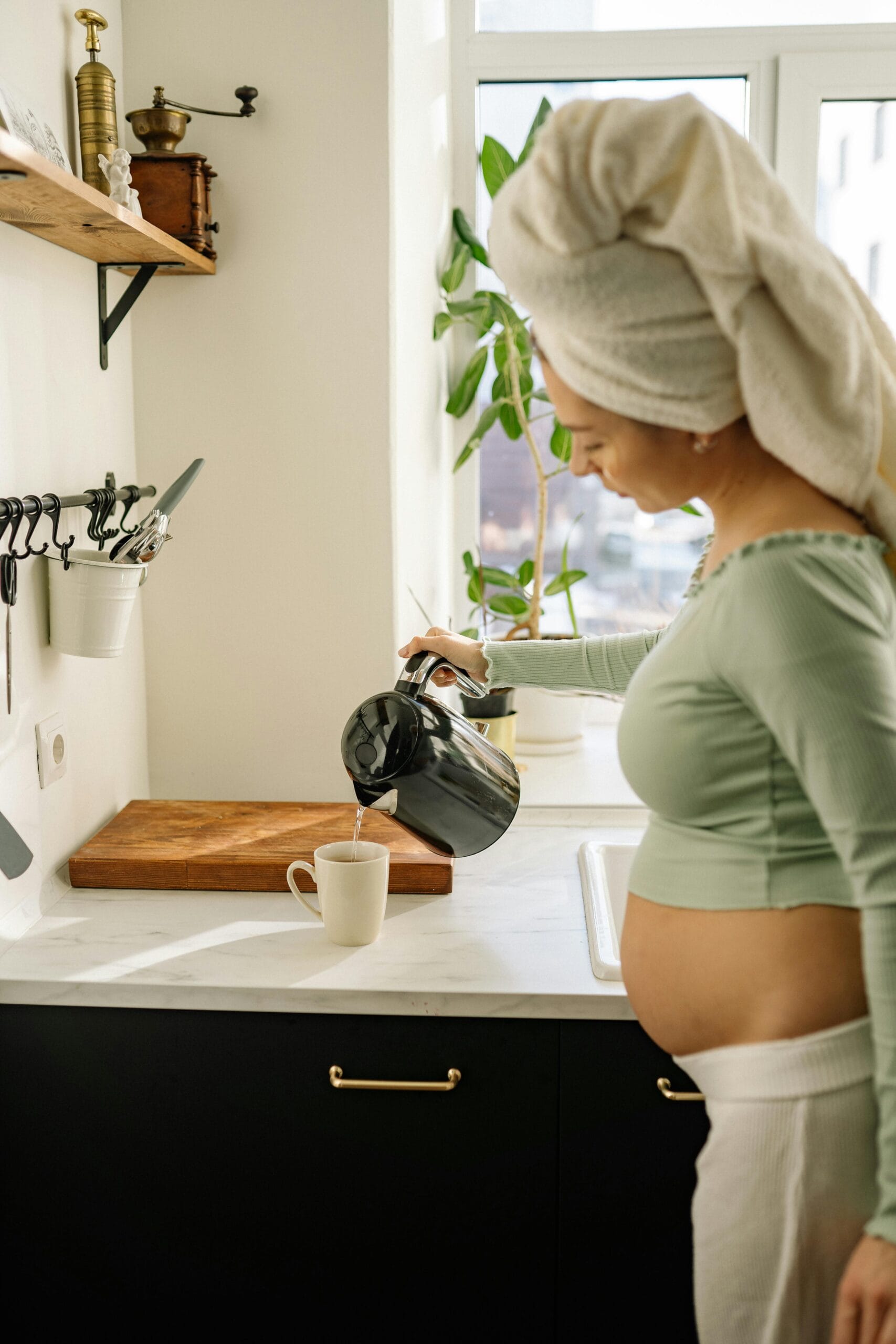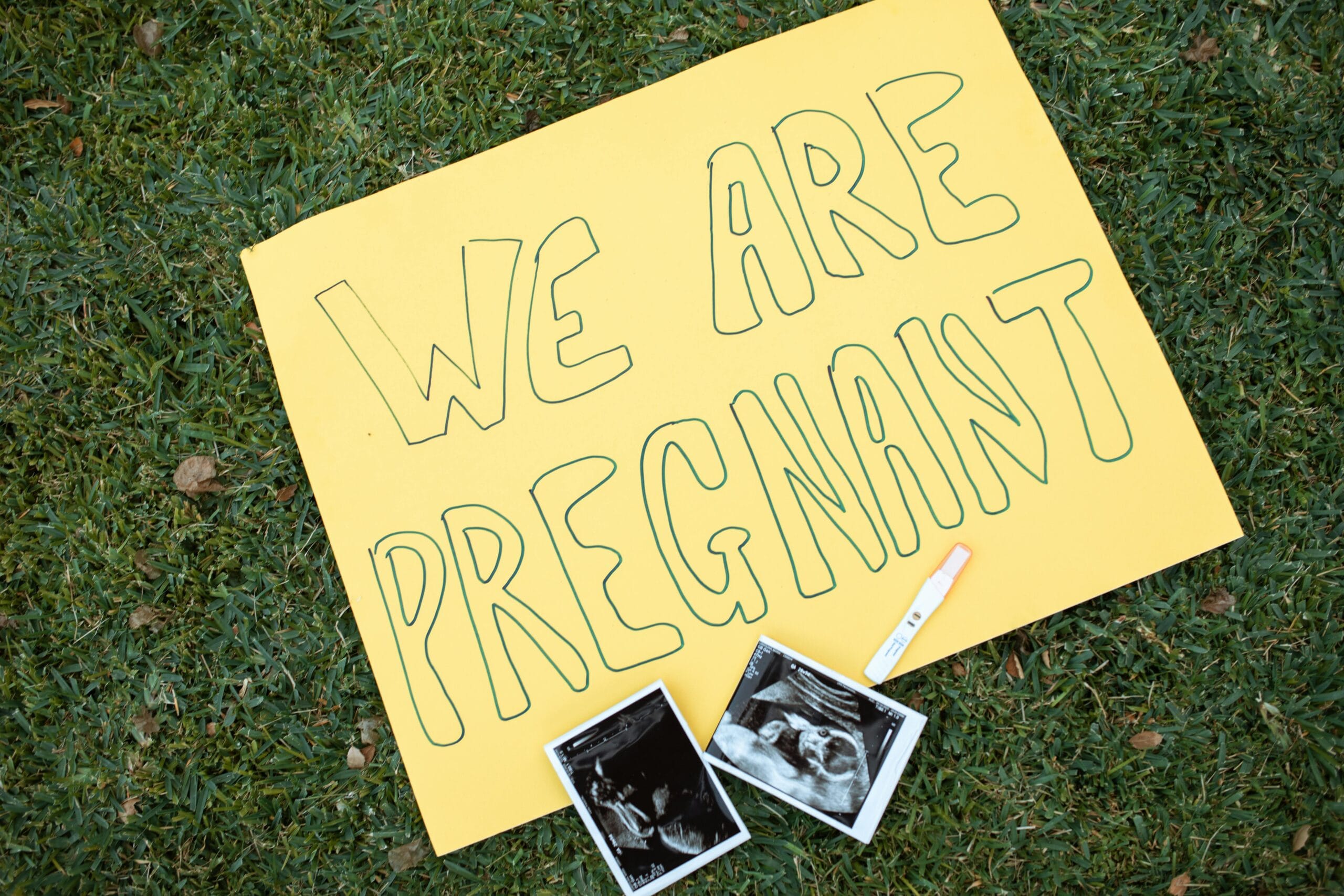How much and when to start exercising Postpartum Fitness after childbirth is a question that most of new mums are interested in getting answer to and all of us just want to get our postpartum fitness back. The post partum period is a great time for physical and emotional changes; therefore, exercise need to be practiced safely. Some women might feel ready to begin exercising shortly after giving birth, and other women need more time to heal.
Knowing when and how to start a postpartum fitness routine is how to transition back to physical activity smooth. Before starting any exercise plan, it is advised that a healthcare provider should be consulted, as timelines for recovery vary. Postpartum fitness: when & how to start exercising provides new moms with a balanced approach on how to re gain strength, better mood and overall well being.
When to Start Postpartum Exercise
Postpartum exercise can be initiated when the type of birth and individual recovery pace are taken into account. If women who have had a vaginal birth are comfortable, they can begin light movements such as walking a few days later. Generally, women who have had a C section or had some complications have to wait until their doctor clears them for physical activity, usually six to eight weeks after delivery.
You need to listen to the body—if you have pain of discomfort or too much fatigue, you should slow down. In the early stages, hormonal changes can also impact joints and muscles so they are better off going for gentle exercises. Irrespective of the timeline, beginning slowly and moving on slowly provides a good, sustainable fitness adventure.
Benefits of Postpartum Exercise
Many physical and mental health benefits come with engaging in postpartum fitness. Movement, in regular, always strengthens the weak muscle and improves posture/energy level. Recovering from pregnancy relies on doing core and pelvic floor exercises to reinvigorate muscles as weak as those hurt by pregnancy. Additionally, exercise aids with weight management, enabling new mothers to recover their pre-pregnancy fitness level healthily.
In addition to physical benefits, postpartum workouts lessen stress, decrease symptoms of postpartum depression, and increase an all-around happy mood. Exercise releases endorphins, which create a positive effect on daily life, as well as mental well-being. Also, sleep is better quality if you remain active, something which new moms need to cope with being kept awake by the sleep patterns of their little ones.
What to do and how to begin exercising after giving birth.
To start a postpartum fitness regime first requires being progressive and mindful. The first step involves low-impact activities such as walking breathing and gentle stretching. Kegel exercises are vital in strengthening your pelvic floor as pregnancy and childbirth tend to weaken them. Pelvic tilts and abdominal breathing are core rehabilitation exercises that allow a woman to restore stability, and prevent Postpartum Fitness issues like diastasis recti. After adjusting the body, light strength training and low-intensity cardio workouts can be introduced. It is important to listen to the body and not push too hard too soon. Watching marks of improvement and celebrating minor progressions keep a person propelled and permits a dedicated fitness excursion.
Safe Postpartum Exercises for New Moms
If you are a new mother, then exercise should be focused on the strengthening and stabilisation of the body, without causing strain. Some good examples of Postpartum Fitness exercises are those that are safe and effective.
Walking – A low impact way of increasing circulation and endurance.
Kegel Exercises – Tightening and relaxing muscles found within the vagina. This can help in tightening the pelvic floor muscles and prevent incontinence.
Pelvic Tilts – activate the core and keep the low back healthy.
Dropping into Bridge Pose strengthens the glutes, lower back, and the core muscles.
Modified Planks – Allows the core to rebuild stability without extremes of pressure.
Seated Leg Lifts – Improves lower body strength with gentle movements.
These exercises can be incorporated into a Postpartum Fitness recovery where postpartum recovery and injury are reduced.
Exercises to Avoid in Early Postpartum Recovery
Postpartum fitness is good but certain exercises should be avoided in the early stages of recovery. Running and jumping are high impact activities — things like these should be avoided, as they place excessive loads on healing tissues. Diastasis recti is a common postpartum condition in which the abdominal muscles separate, and traditional crunches and sit ups may even exacerbate the separation. It is important to incorporate heavy weightlifting into the affected muscles gradually to prevent straining muscles that have been weakened.
Again, any movement that produces pain, dizziness, or increases in postpartum bleeding should be discontinued immediately. With gentle and controlled movements, new moms can work in a strength building protocol in a safe way without sacrificing recovery.
Managing Postpartum Weight Loss Safely
Many women want to lose pregnancy weight but extreme dieting or too many intense workouts during the Postpartum Fitness phase is not a good idea. New mothers should concentrate on all-around well-being rather than weight reduction very quickly. In addition, A balanced diet with nutrient-rich food helps you to recover and provide you energy for workouts.
When it comes to breastfeeding mothers, they should consume calories enough to keep their milk supply and gradually add exercise to their routine. Strength training helps burn calories while retaining muscle mass and moderate cardio burns calories as well. In addition, staying hydrated and getting adequate rest also helps in achieving a healthy postpartum weight loss. Having reasonable objectives and staying devoted to progress keeps up long haul achievement.
The Role of Pelvic Floor Strengthening
Recovering the pelvic floor muscles is essential because pregnancy and childbirth put significant strain on them. Issues such as urinary incontinence, lower back pain and more often result from weak pelvic floor muscles. The most effective way to do this is with Kegel exercises, which will strengthen this area and improve muscle control such as in helping with bladder function. Pelvic floor exercises are important in maintaining stability and in preventing complications.
In some cases, it could be helpful to seek the advice of a physical therapist specializing in postpartum recovery to learn about the proper pelvic health exercises. Strengthening of the pelvic floor is important for new moms who can benefit from it to regain confidence and to feel physically comfortable.
Postpartum Exercise and Mental Health
Improving mental health during postpartum period is very important and exercise is a very powerful tool in achieving that. Hormonal fluctuations, as well as other lifestyle changes, may also cause mood swings, anxiety, or postpartum depression in many new mothers. Endorphins are released in during physical activity which naturally enhances mood and reduces stress. Social interaction comes in the group fitness classes or even outdoor walks that prevent the feelings of isolation. Meditation and gentle yoga will also promote relaxation and emotional balance. Enjoyable workouts make it easier to ensure a routine and contribute to physical and even mental well being.
When planning a realistic postpartum fitness routine, everyone’s experience with the postpartum period and how it affects you personally is going to be different.
Instead of overly ambitious goals, designing a sustainable postpartum fitness plan involves establishing doable goals where consistency is more important than intensity. Short manageable workouts should start new mothers off working out and the duration and intensity of the workout will gradually increase. Scheduling workouts when the baby is napping, or incorporating the baby in activities such as stroller walks also fosters consistency.
The physical benefits of dancing are endless, listening to the body and adjusting workouts based on energy levels, prevent burnout while injury is avoided if you are listening to your body. Getting support from fitness professionals online communities or workout partners can help you get motivated and held accountable. A structured fitness routine is a great way for maintaining continuity during postpartum recovery but has the flexibility for demands of motherhood.
Consultation: Get Expert Guidance on Postpartum Fitness
If you are not sure of when and how to start, it’s good to start with consulting your healthcare provider or postpartum fitness specialist. This is done in a personalized manner and helps recovery to be safe and results to be effective. If you want to rebuild the core strength, recover the energy, or simply get your overall fitness on point, expert guidance in every step that will assist you make it smoother. Evaluating postpartum fitness: timing & how to get started with exercising can improve both physical health and emotional wellness. Embark on the first step to a healthier recovery during postpartum by including these safe, effective exercises into your daily routine.



